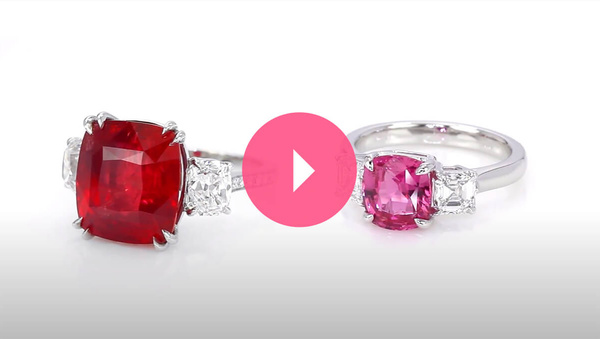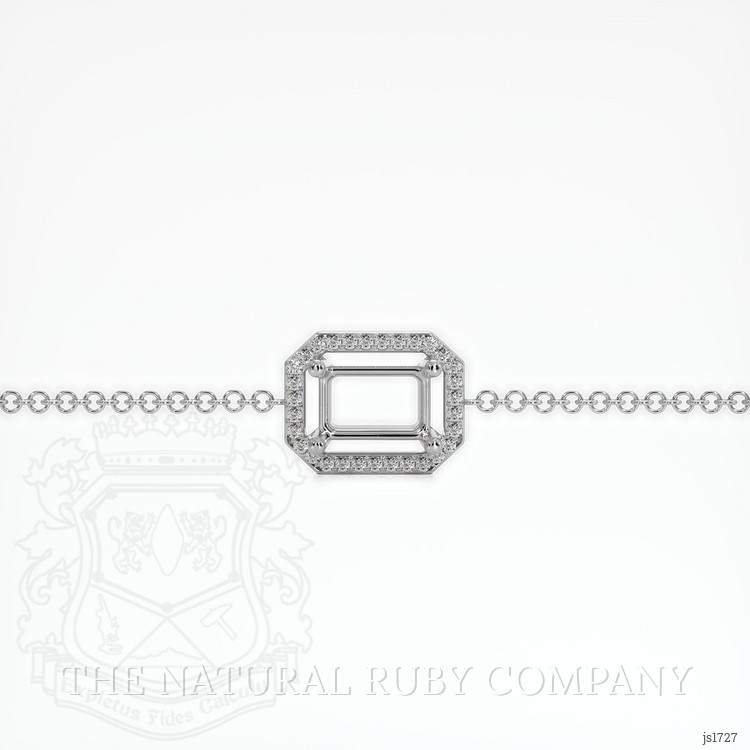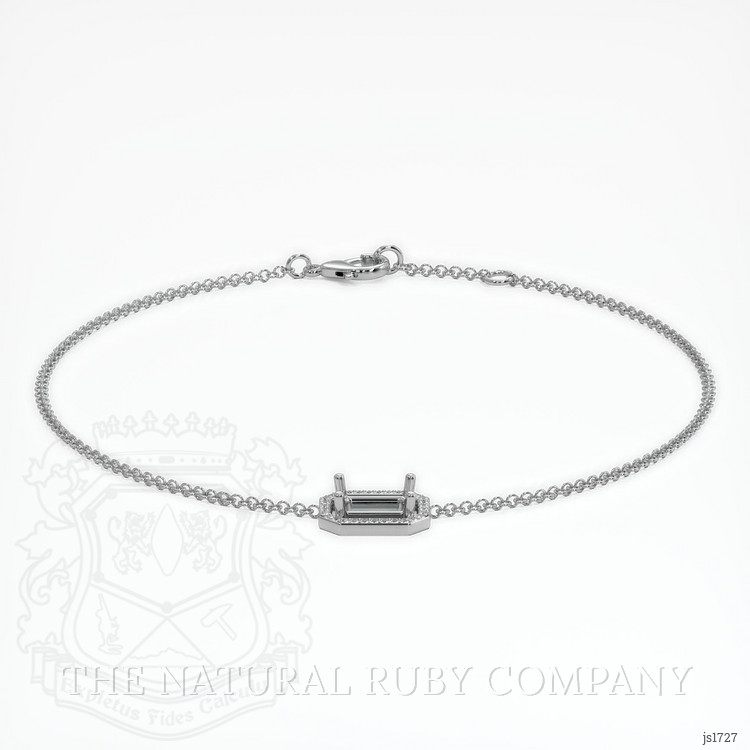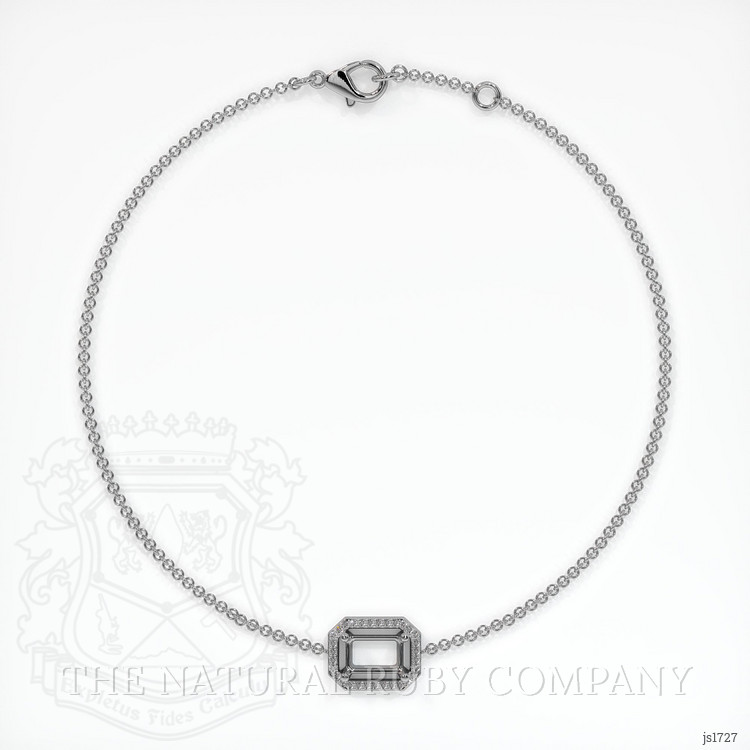1
Choose your setting
2
Choose your ruby
3
Review Your design
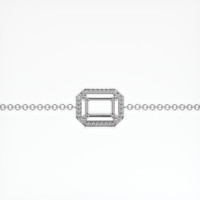

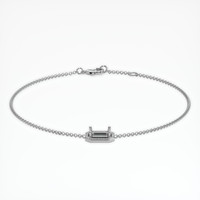
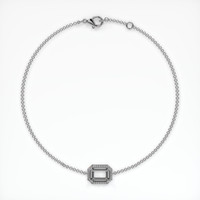
14K White Gold Pave Bracelet Setting
Production Time: from 21 to 35 Days
Rush service may be available upon request
Item ID: JS1727
Free shipping
Price Calculated During Next Step
Quality, Value & Heart
100% Natural Rubies
Free Shipping - Worldwide
14 Day No Hassle Return Policy
Supports Local Charities
Custom Designs Created With This Setting
Filter by
Loading data. Please wait...
Watch our process

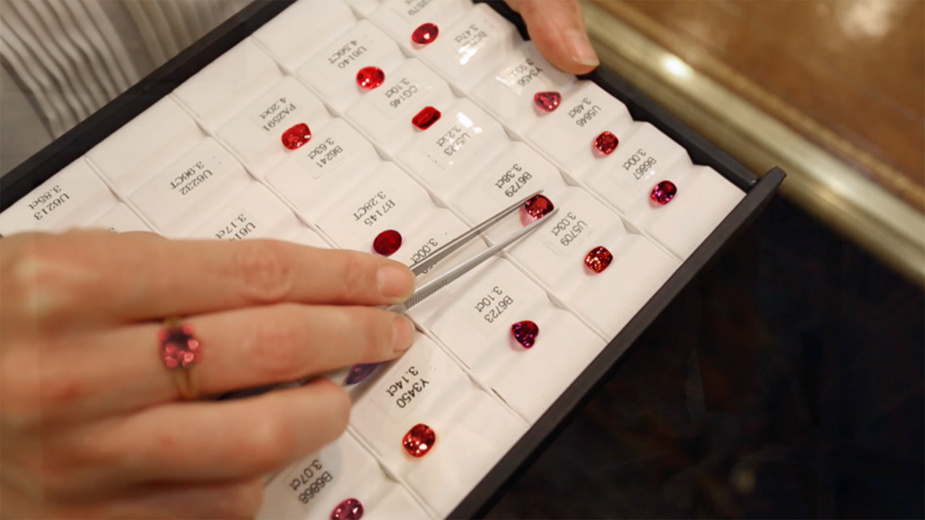
Other Bracelets You May Like
ruby essentials
Something About Rubies
Rubies are one of the most valuable precious stones, they have been coveted for centuries by royalty, gem collectors, larger-than-life personalities, and have experienced a resurgence in popularity in recent years as a centerpiece stone for an engagement ring.
Read more about rubies